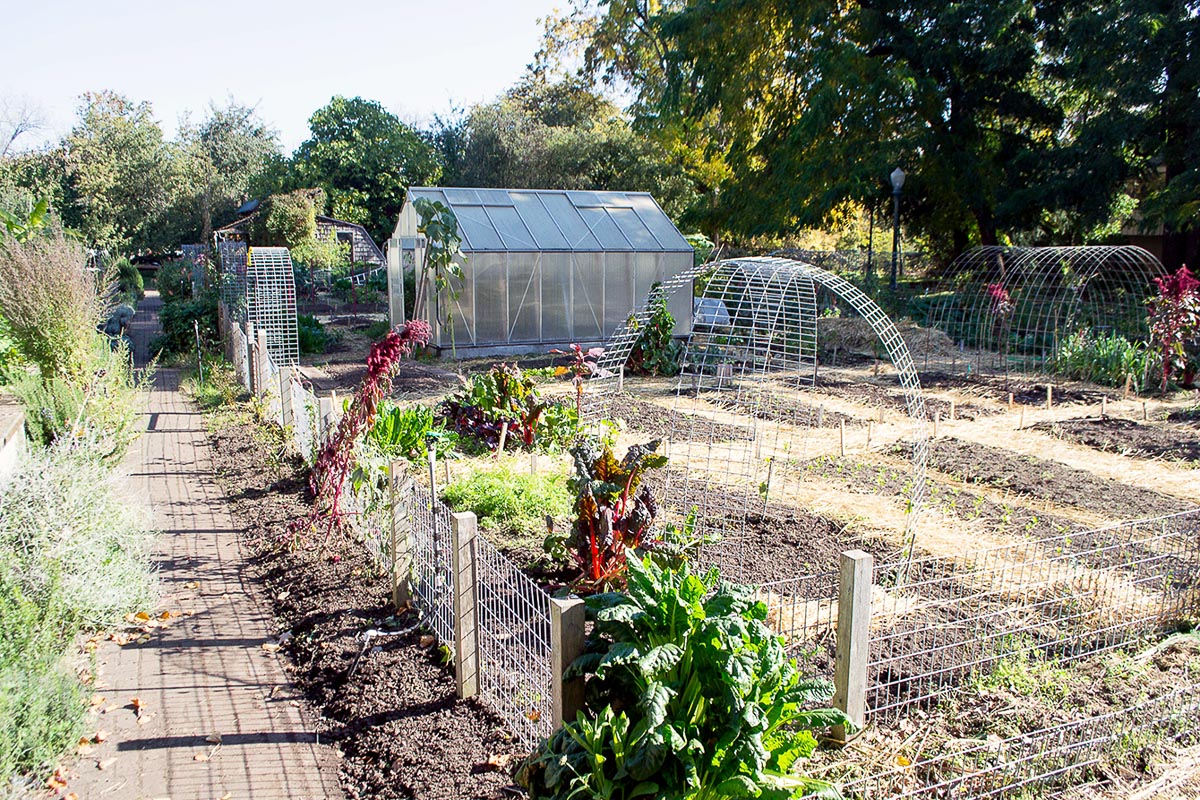Some Known Factual Statements About City Blooming
Table of ContentsSome Known Details About City Blooming The Definitive Guide for City BloomingExcitement About City BloomingOur City Blooming StatementsFascination About City Blooming
Intrigued in growing food to buy in the City of Chicago? Assuming concerning starting an area garden? Adjustments to the Chicago Zoning Statute allow agricultural usages like community gardens and urban farms in numerous components of the city. Below is a list of often asked questions regarding the policies and guidelines that farmers need to take into consideration when preparing a metropolitan farming task.
The zoning change does not change any type of various other codes dealing with composting, structure licenses, acquiring or renting City had property, business licenses or environmental contamination. There are existing codes that manage these issues and they continue to be completely result and might apply to your project. Neighborhood gardens are typically owned or managed by public entities, public companies or community-based companies and kept by volunteers.
Urban farms grow food that is intended to be sold, either on a nonprofit or for-profit basis. Due to their industrial purpose, city farms need a service permit.
Unknown Facts About City Blooming
Composting is allowed but just for plant product that is generated and used on website. The amount of garden compost product can not surpass 25 cubic yards at any type of provided time according to the criteria in 7-28-715 of the City's Municipal Code. Yes. Due to the fact that the dirt at many new garden sites needs modifying, compost, soil, timber chips, or other products can be gotten to create or enhance the expanding room - fruit and vegtables.

If a building permit is needed after that the hoophouse will be taken into consideration an accessory building. You can discover more concerning the building license demands by contacting the Division of Structures. The 25,000-square-foot dimension limit is intended to avoid a single area yard from dominating a provided block or diminishing the block's existing residential or commercial personality.
The limit does not use to yards located in Public Open Space (POS) districts. Can there be more than one area yard that is 25,000 square feet on a solitary block? Secure fencing is not needed, however, yards that have big auto parking areas may be required to set up fence or various other landscaping attributes.
More About City Blooming
B1 & B2 areas require that all business use tasks be carried out inside your home. R districts restrict business activity. The guidelines mirror the function and intent of the Zoning Code. Is secure fencing needed for urban ranches? Yes. Fencings might be called for, along with landscaping and screening, for sure car park areas and exterior work or storage space locations depending upon location and the details activity taking location.
Yes. Urban ranches call for building licenses and zoning approvals prior to building. Other types of city review may be required depending on details structures, activities, size, landscaping, licensing, public heath and stormwater management problems. Numerous of these needs are recognized in the task layout or allowing process, however, the candidate might be accountable to independently determine particular licenses or allows that might be needed.
Yes. The sort of permit is established by what is happening at the site. The Division of Business Affairs and Customer Protection can help identify the specific kind of organization certificate that's needed. Yes. Off street car park is required for most industrial projects in Chicago. The called for number of Continued auto parking rooms is based on the variety of staff members working on site and not the square video of the expanding space.
More About City Blooming

Yes. An urban ranch can offer compost product created on website, nevertheless, the operation has to comply with the regulations in 7-28-715 of the Chicago Municipal Code. Yes. Aquaponic systems are permitted inside on urban farms in several zoning areas. A zoning evaluation and structure permit is called for in order to install frameworks or systems and a service certificate is needed as explained over.
As much as 5 hives or swarms of honey bees might be maintained as an accessory use. Beekeepers have to sign up with the Illinois Division of Farming. To learn more regarding the suggested zoning change you might get in touch with the Division of Housing and Economic Advancement, Bureau of Preparation and Zoning at 312.744.8563.
, which takes area in country locations at the side of suburban areas.
The 7-Minute Rule for City Blooming
, that seek to form social networks started on a shared values of nature and community holism. These networks can create by means of formal institutional support, becoming integrated right into neighborhood community preparation as a "shift community" activity for lasting urban growth.
In either case, the extra straight accessibility to fresh vegetable, fruit, and meat items that might be understood via metropolitan farming can improve food security and food safety while decreasing food miles, causing reduced greenhouse gas exhausts, thereby adding to environment adjustment reduction. Some of the first proof of city farming comes from Mesopotamia.